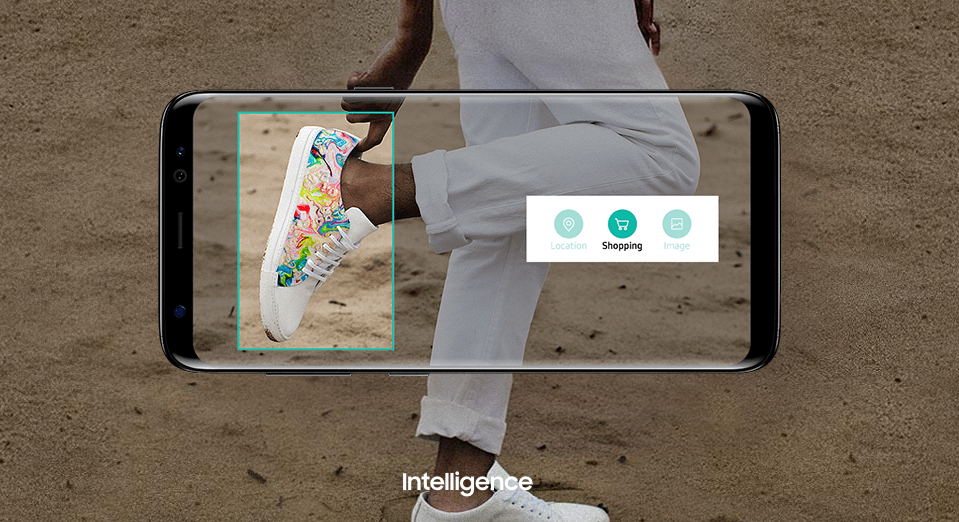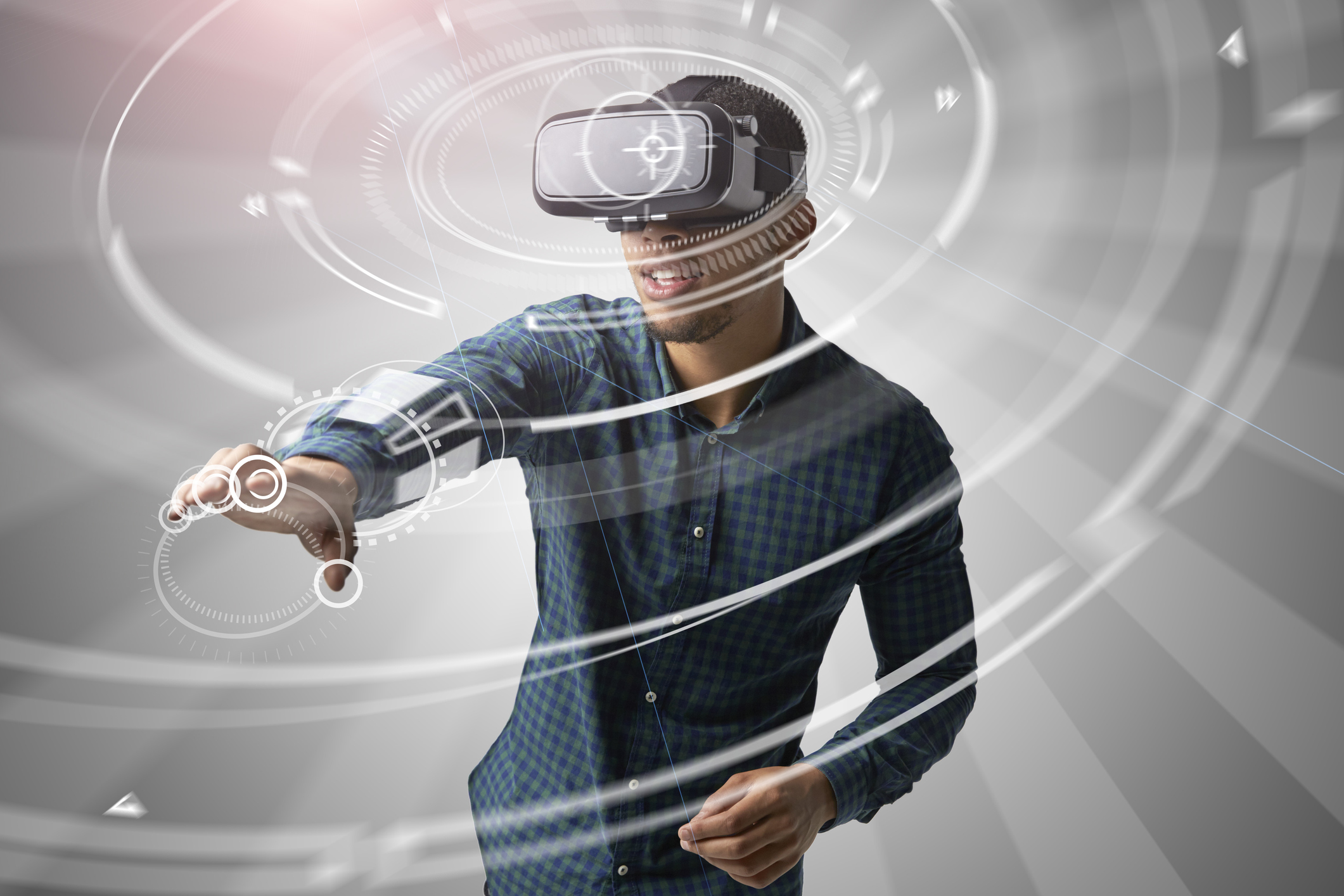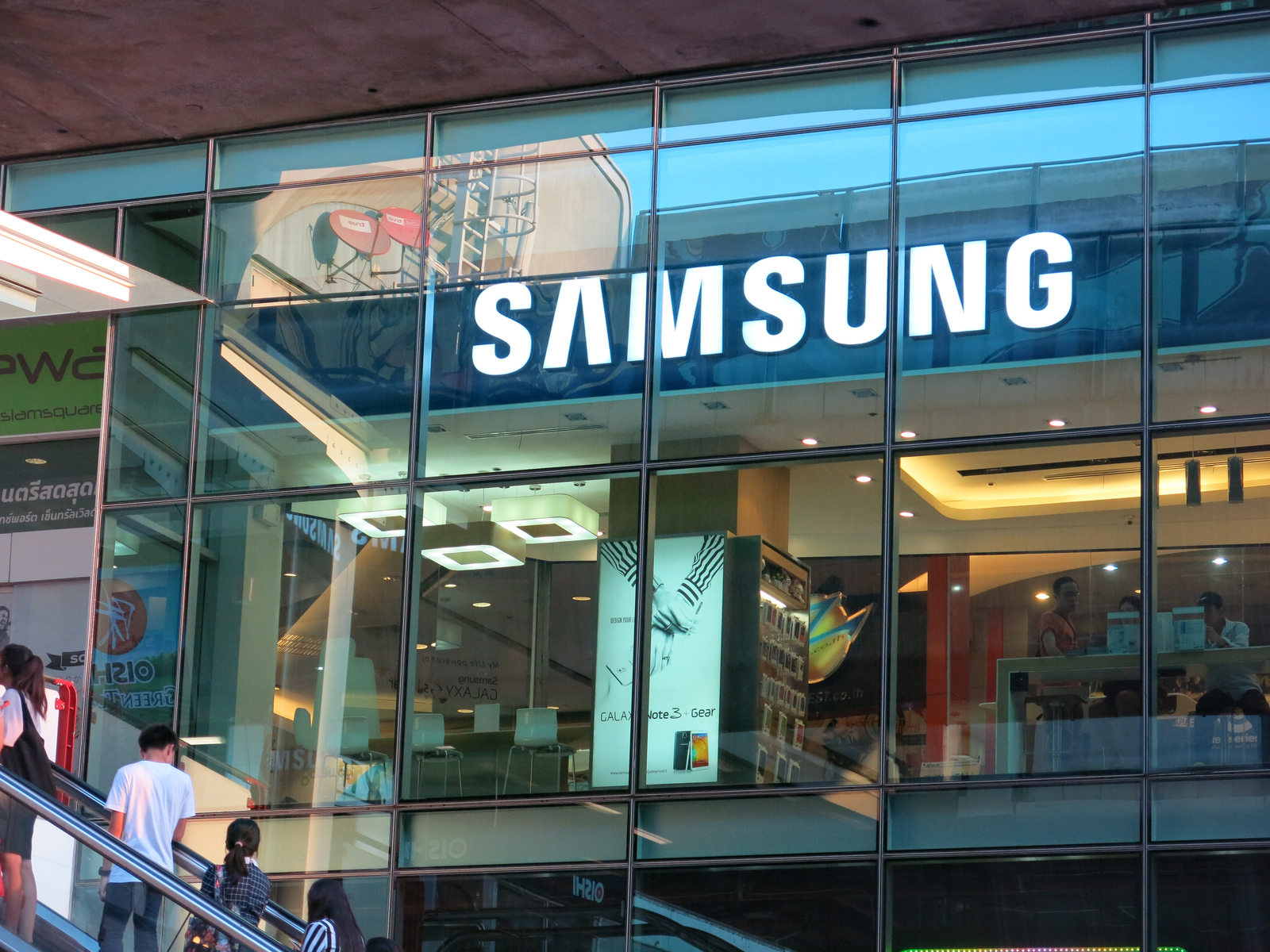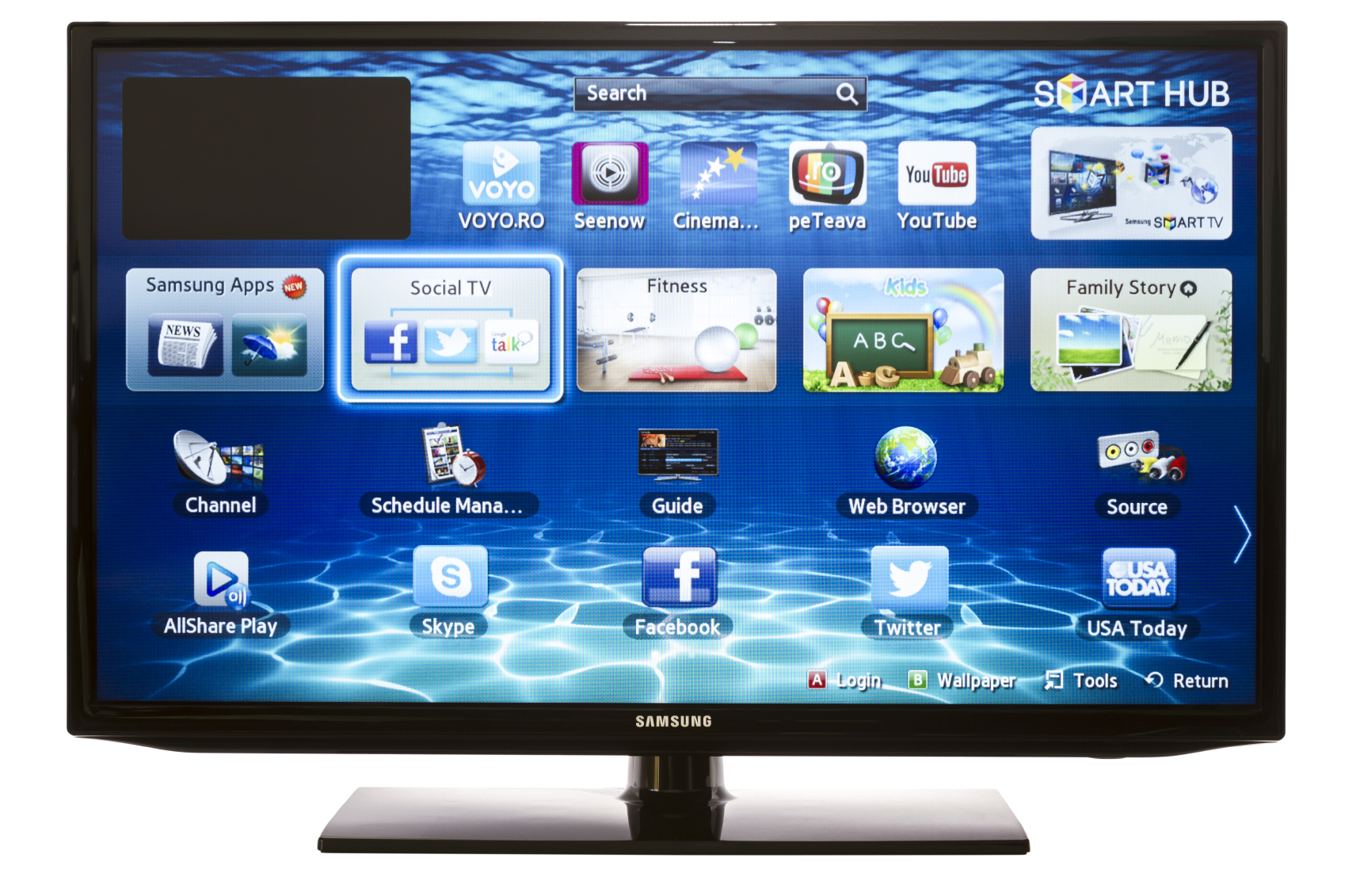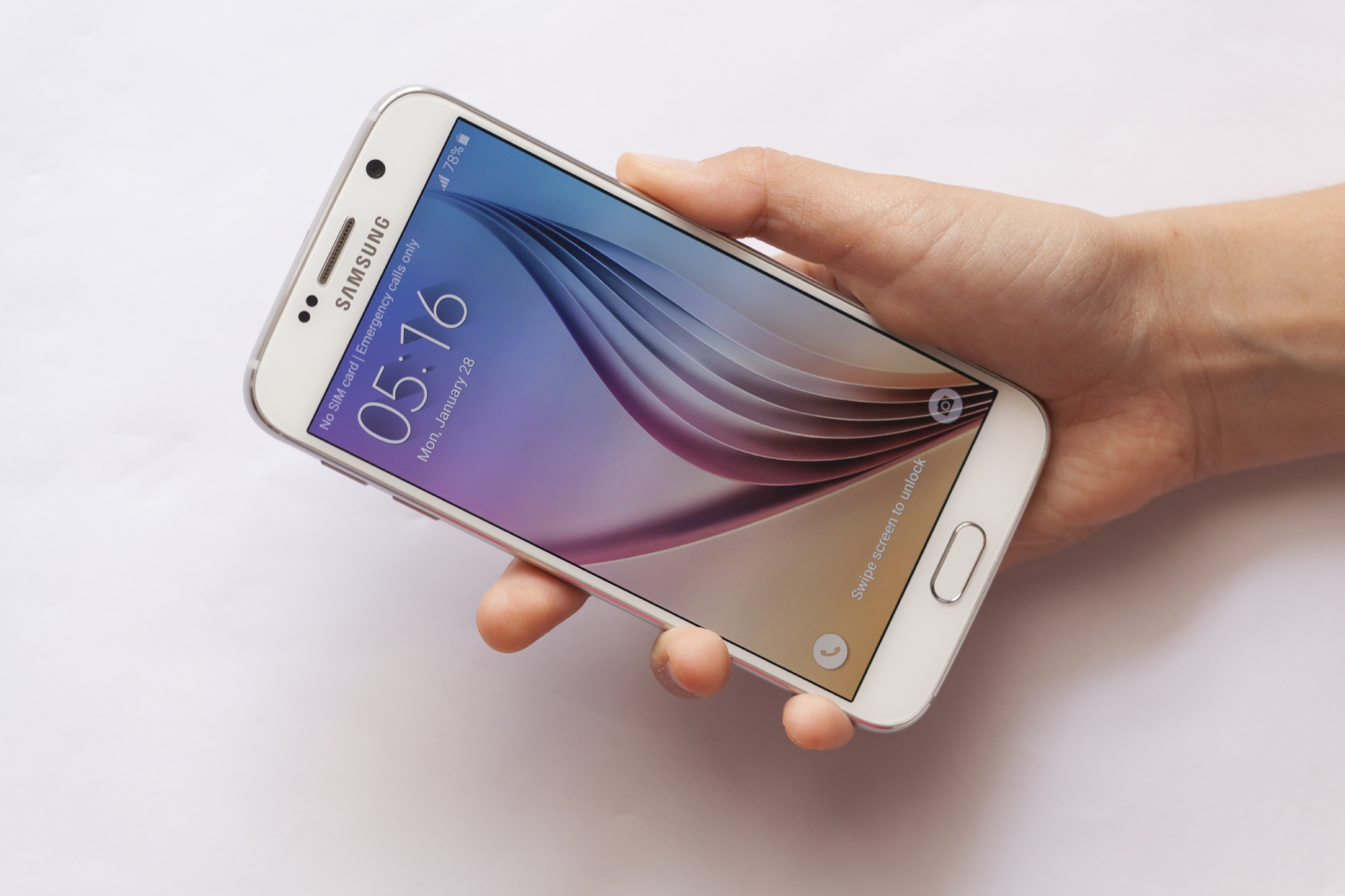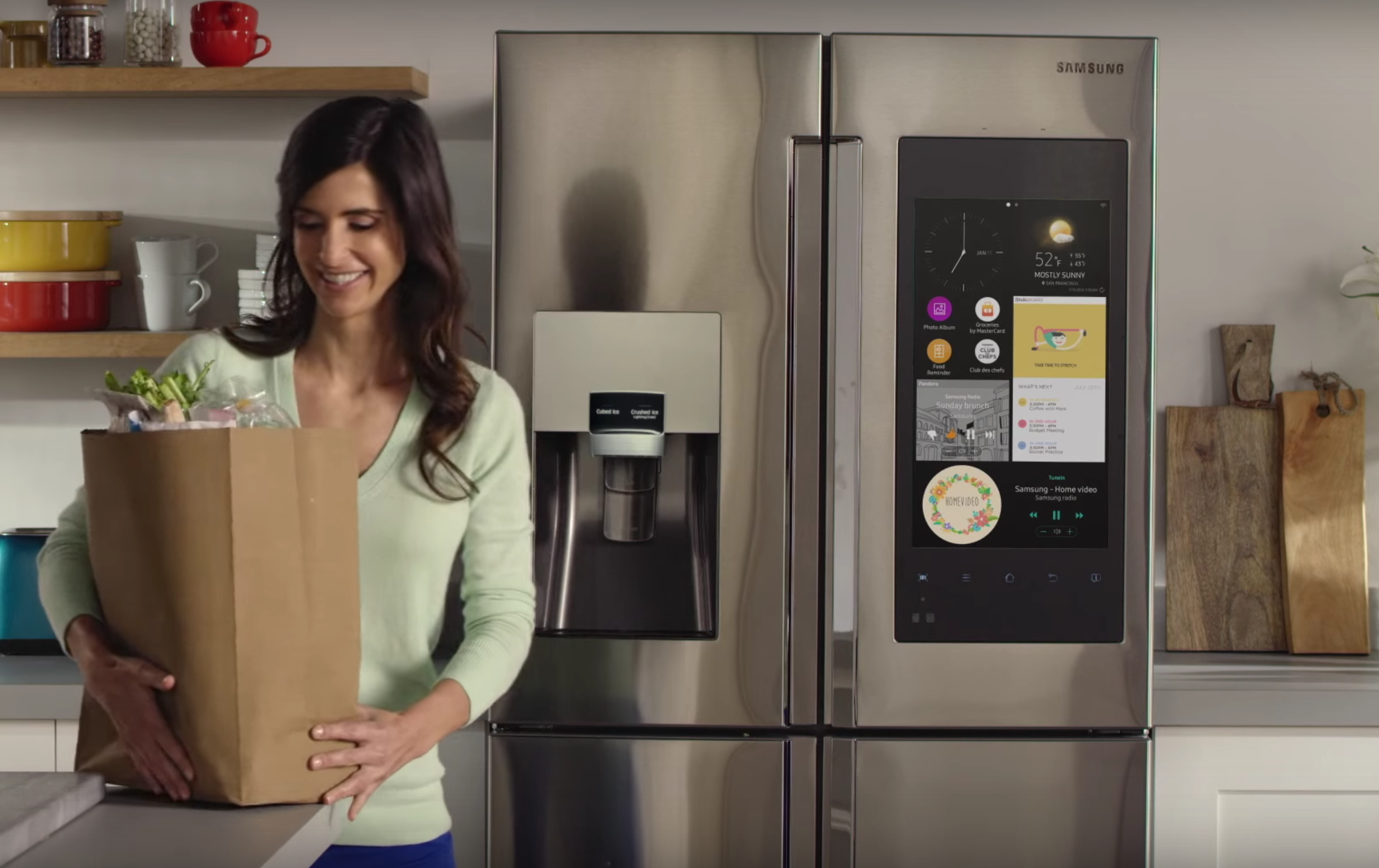What Happened
Following up to its refreshed Gear VR headset unveiled in late March, Samsung is doubling down on its VR initiative with a slate of exclusive content aiming to appeal to mainstream consumers. Users with a VR Live Pass will soon have access to 360-degree live broadcasts from mixed martial arts company UFC, extreme sports event X Games, and live entertainment corporation Live Nation.
https://youtu.be/ad-k__DoAXE
What Brands Need To Do
This isn’t the first time Samsung has leveraged live entertainment and sports content to drive VR uptake. Last summer, it teamed up with NBC to produce 85 hours of VR content from the Rio Olympic Games. By aggressively investing in VR content, Samsung is addressing a key hindrance in VR adoption – the lack of good VR content. According to a recent survey conducted by Thrive Analytics, 55% of VR headset owners say they would like to see more VR content, while 45% of them say they want content of better quality. As VR content continues to diversify, it should gradually attract more consumer attention, which brands should follow with branded VR content or virtual product placement.
How We Can Help
Our dedicated team of VR experts is here to guide marketers through the distribution landscape. We work closely with brands to develop sustainable VR content strategies to promote branded VR and 360 video content across various apps and platforms. With our proprietary technology stack powered by a combination of best-in-class VR partners and backed by the media fire-power of IPG Mediabrands, we offer customized solutions for distributing and measuring branded VR content that truly enhance brand messaging and contribute to the campaign objectives.
If you’d like to learn more about how the Lab can help you tap into the immersive power of VR content to engage with customers, please contact our Client Services Director Samantha Barrett ([email protected]) to schedule a visit to the Lab.
Source: VentureBeat
Featured image and video courtesy of Samsung’s YouTube

